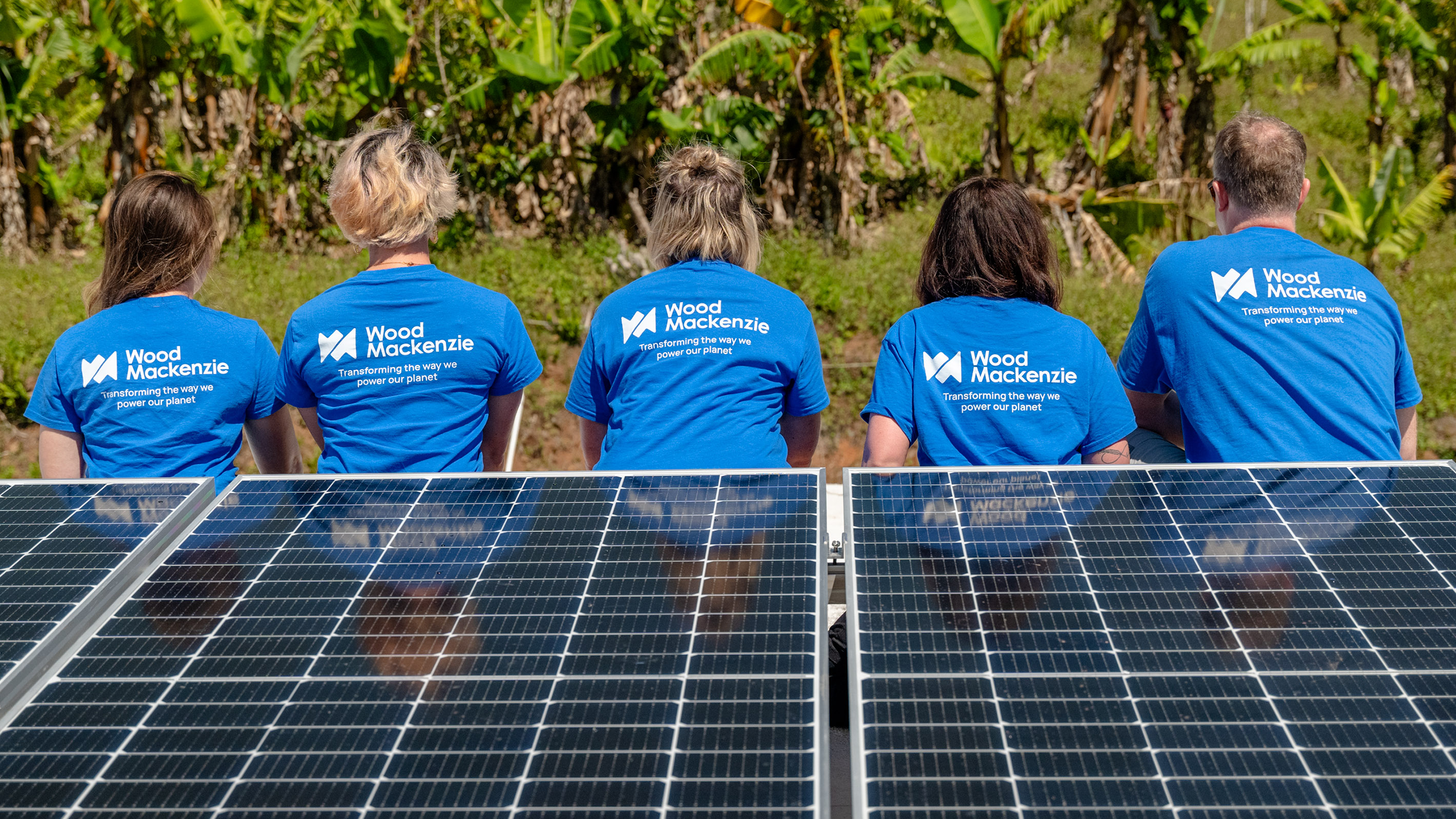1 minute read
Lucy King
Principal Analyst, CCUS

Lucy King
Principal Analyst, CCUS
Lucy provides insight and strategic analysis of the CCUS landscape.
Latest articles by Lucy
-
The Edge
CCUS’s breakthrough year
-
Featured
CCUS 2025 outlook
-
Opinion
Video | Three FIDs, one day: a turning point for CCUS in the UK and Denmark
-
Opinion
ADNOC acquires 10.1% stake in CCUS player Storegga
-
Opinion
Harbour and Talos in merger discussions – what are the drivers?
-
Opinion
The future of CCUS: five key questions
2025 will be a pivotal year for CCUS. The first half of the decade has been characterised by announced project capacity growth. But we now expect to see that shift to an increased focus on project execution.
How will that transition take shape in the year ahead? And what other topics and trends will define the year? Drawing on unique insight from Lens Carbon, I’ve shared my predictions in CCUS: 5 things to look for in 2025.
Fill in the form to download your complimentary copy, and read on for a short introduction to some of the key themes.
Expect a record number of CCUS FIDs in 2025
On an unrisked basis, we estimate around 200 projects are working towards FID in 2025. This equates to over 500 Mtpa of capacity. Even on a risked basis, this represents the largest amount of capacity ever approved in a single year.
For most projects, it’s crunch time. Their capacities will underpin country, company and regional 2030 targets, now only five years away. And if they fail to go ahead, or face delays, these targets could be in jeopardy.
Which are the notable FIDs to watch? Will all progress be in the same direction or could cancellations experienced in 2024 continue? Read the full report for our view.
M&A will continue to heat up – but what are the drivers?
The CCUS corporate landscape remains incredibly fragmented, with over 600 companies involved in at least one of the thousand or so projects in the planned or operational development stages.
As a result, M&A has gathered traction in recent years. Notable deals have included ExxonMobil’s acquisition of Denbury for US$4.9 billion in 2023, and the merger of SLB and Aker Carbon Capture in 2024.
In 2025, we expect even more M&A. Read the full report for our take on the drivers.
Also in CCUS: 5 things to look for in 2025…
Can commercial CO2 shipping move from pipedream to reality? Will CCUS costs remain a universal challenge – and how will governments assist project progression? And how will regional storage trends develop?







